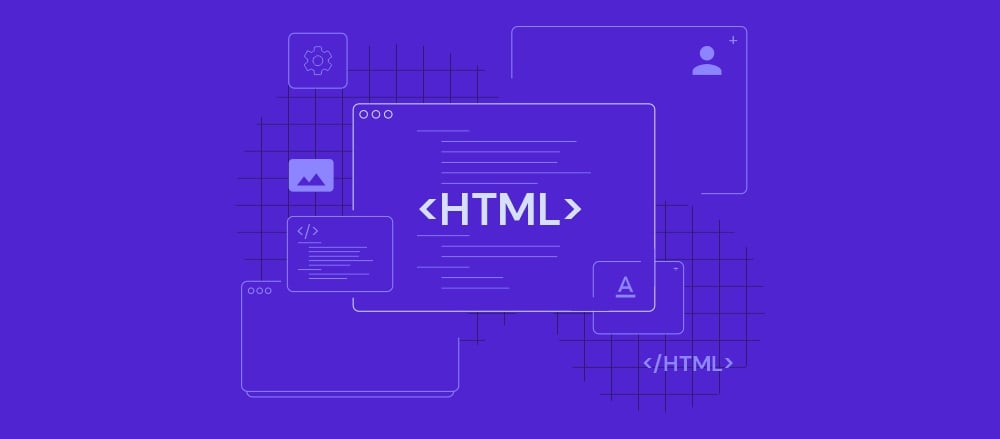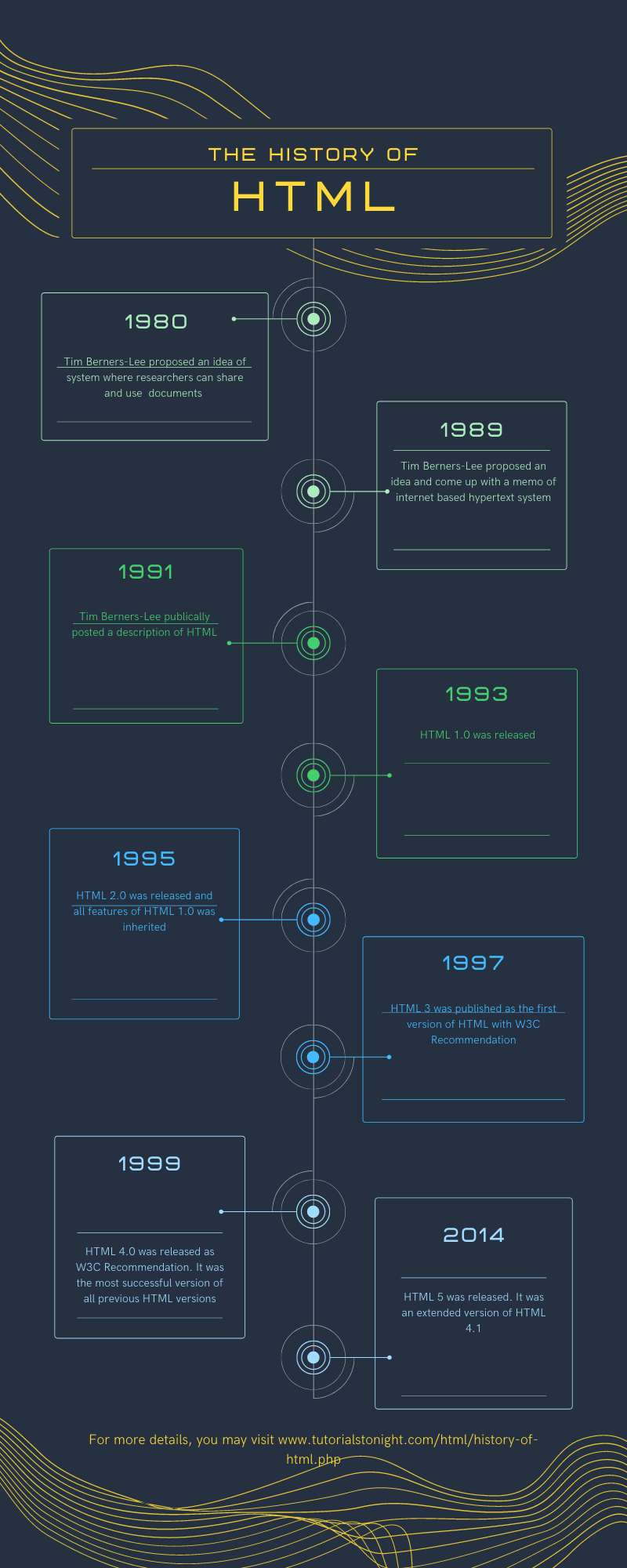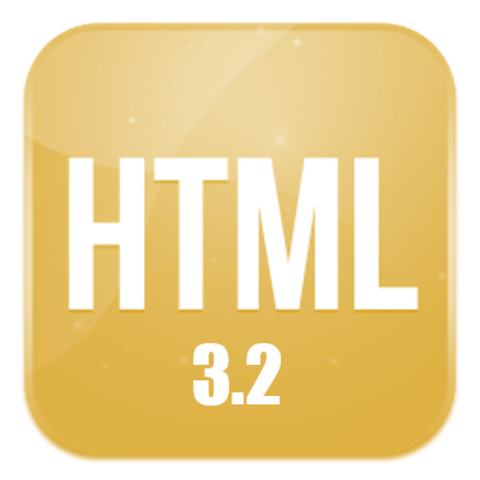Introduction To HTML: History Of HTML
 Abraham Dahunsi
Abraham Dahunsi
HTML stands for Hyper Text Markup Language . HTML is used to describe the the structures of web pages in other words it gives texts meaning do that the browsers would know how to display it correctly and how the developer wants it.
Prerequisites
Before you start this article, you must know that you don't need to have a prior knowledge of HTML, it's history, attributes and usage. But you should at least have a basic understanding of how the computer works and how to use it.
You should also have a basic environment setup (you can use IDEs from the basic Notepad to a more advanced Visual Studio code) and know how to manage files.
Brief History Of HTML

HTML, which stands for HyperText Markup Language, is the fundamental building block of the World Wide Web. Its history dates back to the early days of the internet, and it has undergone numerous revisions and updates since its inception. Here is a short history of HTML:
The Birth of HTML (1989-1990):

HTML was created by Sir Tim Berners-Lee, a British computer scientist, while he was working at CERN (the European Organization for Nuclear Research) in 1989. His original intention was to develop a system that would allow researchers to easily share and access information across different computers. The first version of HTML, known as HTML 1.0, was introduced in 1991.
HTML Evolves (1995-1997):
As the web gained popularity, the need for more features and capabilities in HTML became apparent. HTML 2.0 was released in 1995, followed by HTML 3.2 in 1997, which introduced new elements and attributes to support better page layout and styling.
The Introduction of CSS and HTML 4.0 (1997-1999):

Cascading Style Sheets (CSS) were introduced as a separate technology from HTML, allowing web developers to control the visual appearance of their web pages more efficiently. HTML 4.0, released in 1997, brought further improvements and enhancements, such as the introduction of tables for complex page layouts.
XHTML Emerges (2000-2002):

To address the issue of inconsistent and non-compliant code on the web, the World Wide Web Consortium (W3C) developed XHTML (eXtensible HyperText Markup Language). XHTML was based on XML (eXtensible Markup Language) and followed stricter rules for coding web pages, making them more structured and uniform.
HTML5 and the Modern Web (2008-present):

HTML5, the fifth major revision of HTML, represents a significant milestone in the history of HTML. The development of HTML5 started in the mid-2000s, with the goal of standardizing new features, improving multimedia support, and making web applications more powerful and interactive. HTML5 introduced new elements like video, audio, canvas, and semantic tags (e.g., header, footer, nav), reducing the need for external plugins like Flash for multimedia content.
Additionally, HTML5 enabled the development of responsive web design, allowing websites to adapt and display optimally on various devices, such as desktops, tablets, and smartphones.
Since its initial release, HTML5 has seen continuous updates and improvements to address emerging web technologies and user needs, solidifying its position as the foundation of the modern web.
In conclusion, HTML's journey from its humble beginnings in the early 1990s to HTML5's widespread adoption in the modern web has been marked by continuous evolution and innovation, shaping the way we access and interact with information on the internet.
Why HTML

It is of a very important prerequisite to learn HTML if you want to be a web developer, because you can't build web pages if you don't know how to use HTML.
It is a very easy language as it consists mainly of structuring texts, images and videos with tags.
It is a great skill to have in your repotoire as a developer.
Advantages
All web browsers support it.
HTML is used to build websites.
It is usually used with other languages like JavaScript, CSS.
Disadvantages
Poor security feature.
Large shm of code needed to create web pages.
HTML alone cannot be used to create dynamic web pages.
Let's Connect
If you enjoyed this post and would like to stay updated on my work, feel free to connect with me on social media
Twitter: Abraham Dahunsi
Subscribe to my newsletter
Read articles from Abraham Dahunsi directly inside your inbox. Subscribe to the newsletter, and don't miss out.
Written by

Abraham Dahunsi
Abraham Dahunsi
I enjoy solving problems by writing code and breaking down technical contents by writing.
